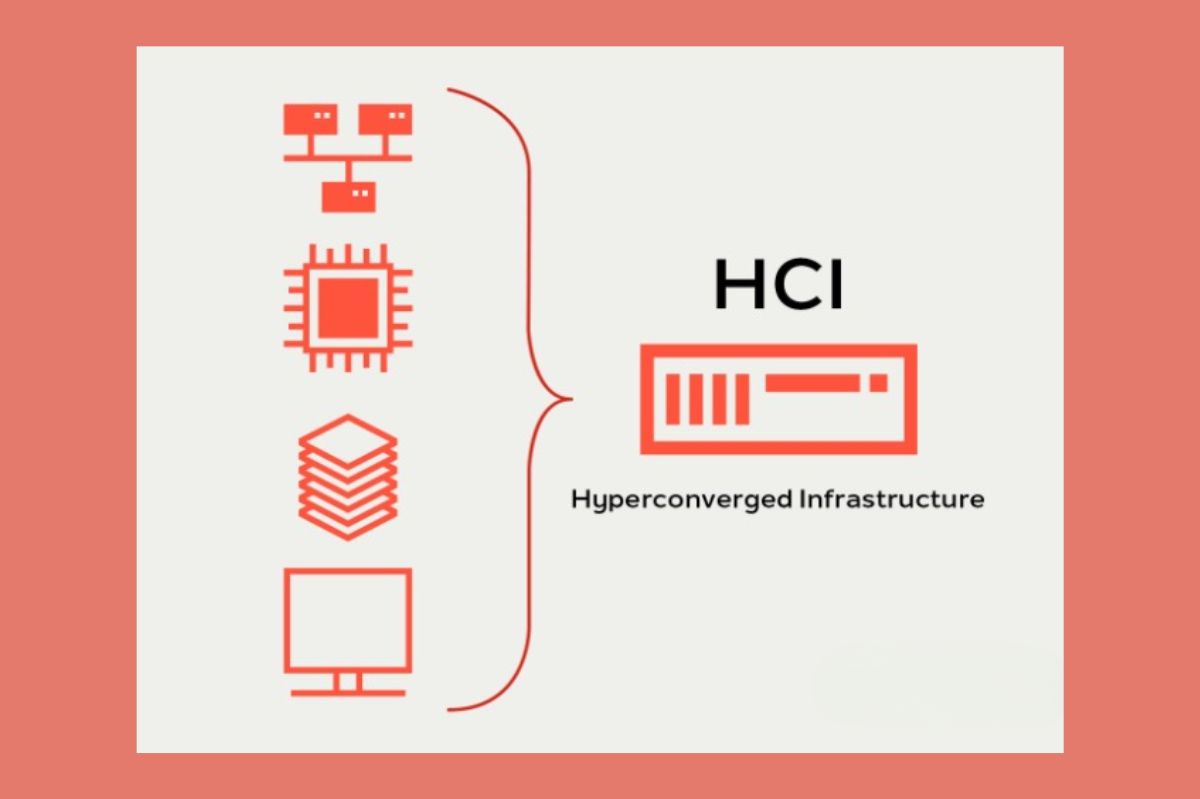Hyper-Converged Infrastructures promise to shake up the economy by reducing IT maintenance burdens, reducing floor space, and providing a smoother path for adding resources as organizations grow.
This dissertation’s heart is a technology architecture that combines computing, storage, networking, and virtualization in the same tool, hence the label “hyper-convergence. “. Hyperconverged IT infrastructures have an architecture based on software, which integrates computing, memory, and networking resources on a single hardware provided by a manufacturer. An IT manager can purchase key infrastructure components in a single appliance rather than separately.
In this way, the entire data center can be managed through a single user interface, and the system can be expanded, if necessary, by adding new nodes to the basic Infrastructure. All of this can make hyper-converged Infrastructure (HCI) cheaper than conventional Infrastructure while reducing the burden of the data center and the demands on multiple systems.
HCI versus traditional technology architectures, on-premise, and Cloud
With their entry into the enterprise market in 2014, HCIs immediately began competing with traditional three-tier infrastructures, i.e., those infrastructures created by companies by purchasing computing, storage, and networking separately and then integrating them. However, hyper-converged infrastructures are also called upon to deal with converged infrastructures, which generally consist of systems from different pre-packaged and separate suppliers that work as a single system. The Cloud then provides a further possibility for IT departments.
A number of enterprises, government regulators, and technology service providers have already implemented hyper-converged technology, usually starting from a limited installation rather than end-to-end data centers, but what you can be sure of is that every called to deal with the need to innovate its infrastructures, it has to deal with specific process needs that will have to be taken into consideration in order to determine the most suitable solution.
Hyper-Converged Infrastructure: a practical case
In Australia, for example, the National Blood Authority, a regulatory agency that coordinates the supply of blood and blood products on behalf of the Australian government, has used hyper-converged technology in combination with a virtual desktop infrastructure (VDI). . VDI brings operating system and applications running on individual PCs, laptops and other devices to the data center, generating countless benefits. The National Blood Authority adopted HCI technology nearly a year and a half ago, replacing the traditional SAN in the process. The Infrastructure houses the Authority’s VDIs, on which blood and patient records management take place. The ability to provide quick access to blood and patient information is critical, given the shelf life of blood is equal to 42 days for red blood cells and five days for platelets. Peter O’Halloran, the Authority’s CIO, said VDI saves them $10 million a year in costs.
The hyper-convergence market
Other companies that have adopted hyper-converged infrastructure report seeing similar benefits. IDC, in its report, interviewed 13 companies in 2015 and found that these implementations would produce benefits “of about $ 2.22 million a year, over the next five years.”
Convenience and scalability are, therefore, the main characteristics that make hyper-converged infrastructures competitive concerning other offers on the market, making this technology a fascinating innovative element in perspective and strategic terms. In fact, IDC speaks of the sector’s growth as equal to 162% in 2014 and close to 100% in 2015, clearly suggesting the evolutionary trend in the data center field.
Also Read : Neuromarketing And The New Frontiers To Attract Consumers







